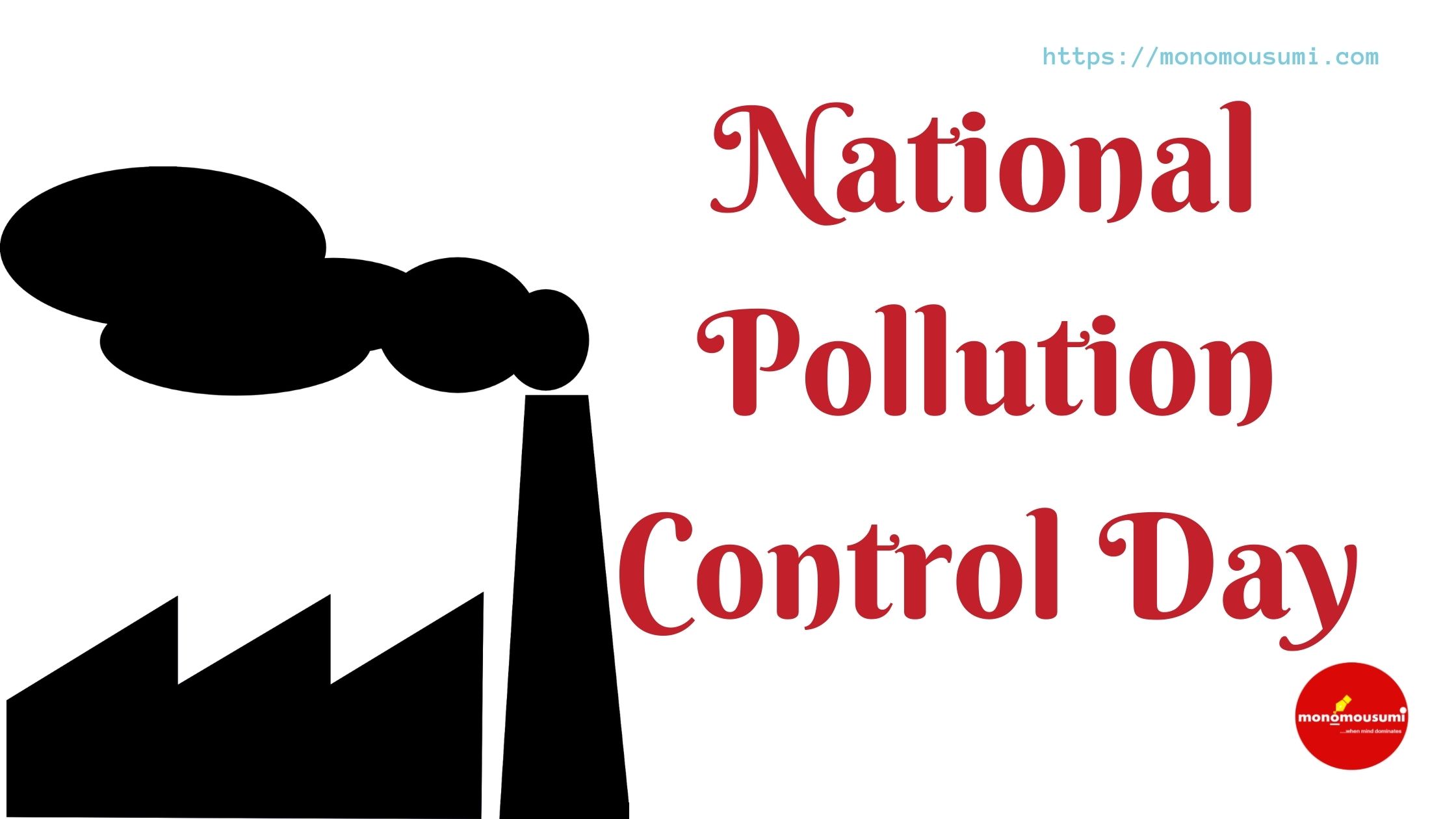
It was around 1 am on the night of December 3rd, 1984. The streets in the city of Bhopal suddenly got filled with thousands of gasping and coughing people. Suman Dey, the control room operator of Union Carbide India Limited (UCIL) in Bhopal, had lost all his hope to prevent the killer gas from leaking out of the Tank-E610. He had never thought that a minor leakage he noticed at 11:30 pm (2nd December) could lead to such a devastating disaster. Over 40 ton of Methyl isocyanate (MIC) gas was about to cover half a million inhabitants. People were coughing and choking to death on the road, as they ran. Many decided to jump into the nearby lakes as they were suffering from severe irritation in their eyes. But till that time, the air they were inhaling had become poisonous. In no time, local hospitals got filled with masses of patients with ocular and breathing problems. That tragic night took thousands of lives immediately. When the sun came out, it was a grim sight in the city. The streets were littered with countless dead bodies of humans, cats, dogs, cows, buffaloes. Overnight, the “City of Lakes” had turned into City of Dead. It was the world’s worst industrial disaster so far.
Picture of Pollution in India:
December 2nd, has been proclaimed as National Pollution Control Day in India. Every year people of India remember the day of Bhopal tragedy and it’s devastations on December 2-3, 1984 and take oath of trying their best, so that the horrible history doesn’t repeat itself. But till now people aren’t so aware of the issue. According to data published by the World Health Organisation, 9 out 10 people in the world inhale air that contains the amount of pollutants, which exceeds the safe limit. When it comes to India, the “World Air Quality Report” by IQAir says it all. According to the report of 2020, “India continues to dominate PM 2.5 rankings by city- 22 of top 30 most polluted cities are globally located in India.” WHO says, about 7 million people die every year globally due to air pollution. In an estimation by WHO, it is mentioned that 80% of diseases globally are water borne. The reports may inform us about the quantity but we can actually witness the effect.
Bharalu river in Guwahati, Assam gives us a clear picture of water pollution. The river almost looks like a drain and it can be hard to differentiate between a sewer and the river at some places. At some places, the stream seems like a corpse under a blanket of Polythene, plastic bags, bottles, thermocol plates and people’s daily garbage. People have given it a nickname- “Mora Bharalu”. In Assamese language, “mora” means “Dead”. The river is not alive. Anyone can search it on the internet and see the severity.
The pictures of New Delhi, the capital of India, are often not clear due to air pollution. Sometimes the rising sun seems like a lamp post on a foggy night. The pollution becomes horrifying in winter when “smog” covers up the whole city. One of the main reasons for the pollution is farm-fires in Punjab. Farmers burn about 2.3 million tonnes of Paddy stubble every year between September to December. The heavy amount of smoke makes the pollution worse.
Significance of Observance:
The National Pollution Control Day is observed on December 2nd every year to spread awareness among people about the severity, causes and end result of pollution. Every year a theme is chosen for the day to educate people about the topic. The main objectives of celebrating the day are-
• To make people aware of the fact that the future of pollution is dangerous.
• To prevent further industrial disaster by educating people about the safe use of raw material.
• Reminding the nation about the pollution control acts and their proper observance.
• To make people aware of how they can contribute to control pollution by bringing small changes in their daily life.
Actions taken by Government and People:
Government isn’t silent towards the issue. Legalizations have been taken to control environmental pollution. Some of them main acts taken in India are-
1. Environment Protection Act, 1986: Government received a huge shock after the Bhopal disaster. It was a red alert for the nation. Moreover, rallies, protests, walkouts were going on all over the country after the catastrophe. The restlessness and rages growing inside the nation insisted the government take some actions as soon as possible. With 26 sections and 4 chapters the Environment Protection act has several purposes-
a. The aim is the fulfillment of the decisions taken at the United Nations Conference on the Human Environment, held in Stockholm, Sweden from June 5 to 16 in 1972.
b. Taking actions towards a safe and secure environment.
c. Protecting and improving the environment’s stability.
d. Coordinating the actions of state governments, Local and legal authorities, district authorities, state and government authorities, officers, which they can take in adverse situations.
e. Analysing materials, substances, processes and activities which can be the reason for environmental harms.
f. Determining the areas where industrialization cannot be carried out and restricting the areas.
g. The sole purpose is to maintain stability of the environment by proper implementation of the decisions.
2. The Water (Prevention & Control of Pollution) Act, 1974: With the target of controlling water pollution in India, Indian parliament adopted the Water Act in the year 1974.
3. The Air (Prevention & Control of Pollution) Act, 1981: The Air (Prevention & Control of Pollution) Act was adopted by Indian parliament with the aim of controlling density of air pollutants in forms of gaseous, liquid and solid particles.
4. The Hazardous Waste Management Regulations, 1989: Any waste that is chemically, physically or biologically harmful, corrosive, explosive, toxic or reactive in nature and causes harm to the health of organisms and the environment can be considered as hazardous waste. It was initially published in the month of May, 1980. In the recent one (2016), rules have been made for ease to distinguish between hazardous wastes and other wastes. Tyres, papers, metal scrap, common electronic items, which are already used and wasted, are categorised between other wastes. The main objectives of the regulations are-
a. Reducing unscientific disposal of such wastes.
b. To make people aware of how and where daily garbage is disposed of.
c. To control emergence of foul smelling and harmful gases from wastes and reduce spread of bacteria and their vectors or carriers.
5. Manufactures, Storage and Import of Hazardous Chemical Rule, 1989
6. Chemical Accidents (Emergency, Planning, Preparedness and Response) Rules, 1996
Also many people are aware now-a-days. Schools and educational institutions educate their students enough about various types of environmental pollution. Also in urban and suburban areas people have reduced their tendency to litter garbage recklessly on roads and roadsides. Many are using public transport rather than buying a personal car. Demand for electric cars is increasing. Tree plantation programmes are often carried out by local authorities, clubs, and governmental organisations.
December 2nd, The Actual History and Causal Factors:
Lots of investigations have been put through to find out the actual reasons behind the disaster. The main causal factors responsible for the massive disasters are old machines, operating errors, lack of training, not following safety measures, negligence, design flaws, lack of proper maintenance etc. Some sources say that ignorance of the leak which was noticed on 11:30 PM of December 2nd, may be the key mistake made by the workers. But ignorance had a long tail behind.
1. Workers used to fix leaks carelessly or just ignore it.
2. Also managers shut down the refrigerator which kept MIC cool, so that it wouldn’t undergo any unwanted reactions.
3. There should be one empty tank for backup. But workers said that all the three container tanks were carrying the lethal chemical. No tank was empty.
4. The Bhopal Plant was not computerized and detection of malfunction only relied upon the sense of workers.
5. Many had been employed without proper training and education about the system. Safety measures had been neglected and many workers were not even aware of the severity of the gas.
6. Phosgene was used to produce the chief product of Union Carbide plant in Bhopal which was a pesticide named Sevin. One worker died after inhaling large amounts of phosgene in 1981. Between 1982 to 1984 several cases of leaking of gases occurred in the plant. But the management system ignored those issues. Ultimately, ignorance leads to disaster.
Government and the whole nation took lessons from the disaster and became cautious about the facts which were neglected in the UCIL plant of Bhopal. Though, many industrial calamities still occur and become headlines.
Conclusion:
Welcome to Bhopal today. The remnant of the union carbide plant is now an interesting place to visit. ICMR (Indian council of medical research) said, “exact causative agent of the Bhopal gas disease is unknown.” The nation is asking, “Why?” A State Government affidavit field stated that, the tragedy had killed 3787 people and over 5.58 Lakh had been affected. However, some sources claimed the tragedy pushed the death toll up to 25,000. Bhopal is still waiting and hoping for proper justice. The CEO of UCIL during the disaster, Warren Anderson, the main accused for the tragedy, died peacefully in 2014 without facing any proper legal punishment. Also, Affected people and families of victims were not provided with enough compensation and treatment. The “Why?” isn’t answered yet. Even after 37 years, the Bhopal gas tragedy is a prominent scar in the history of India.
By Satadal Chakraborty, West Bengal


